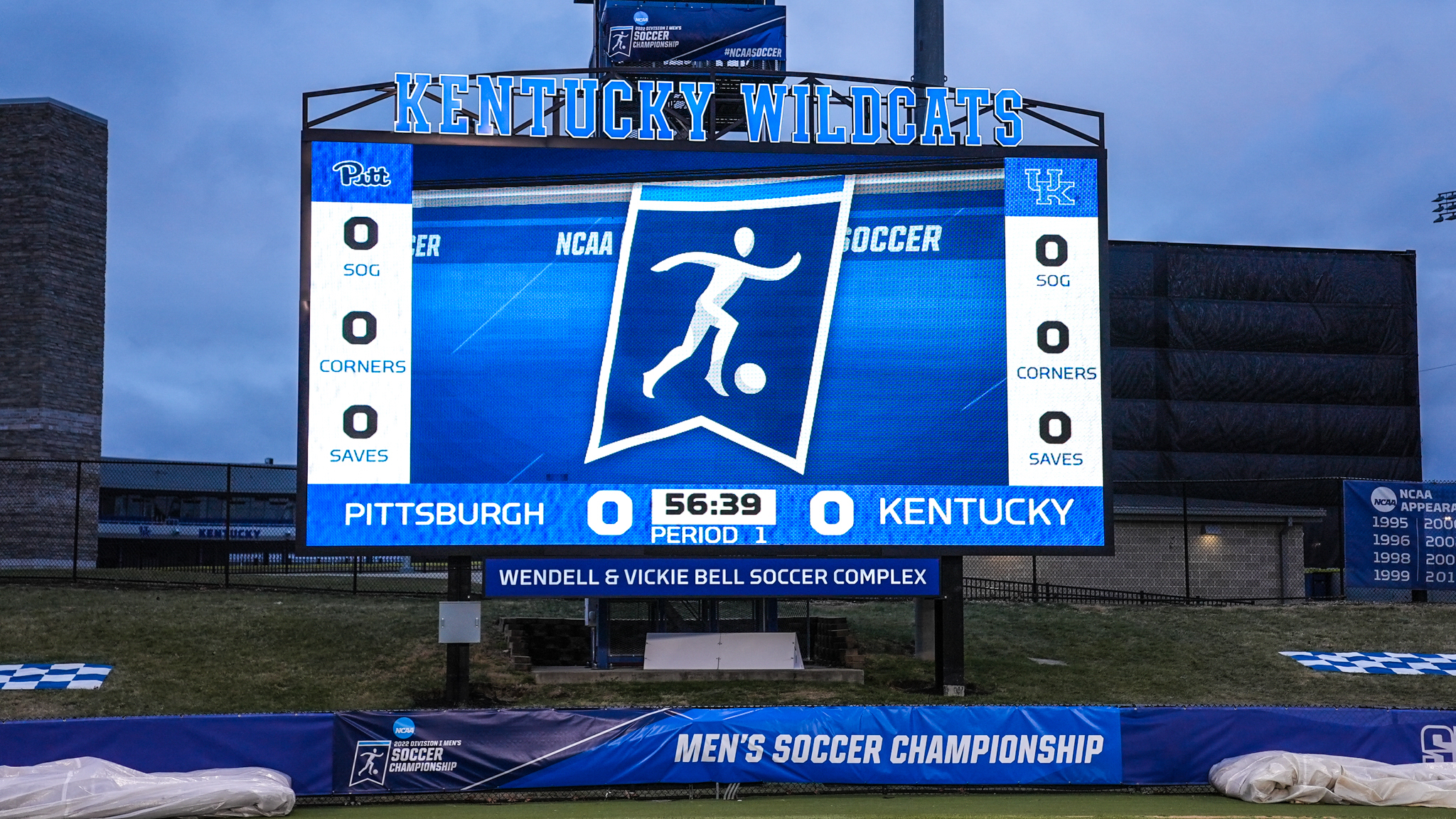In college recruiting there are a lot of terms and phrases that are thrown around but perhaps the one that is heard the most is the NCAA Eligibility Center.
The NCAA Eligibility Center (formerly the NCAA Clearinghouse) helps determine the eligibility of student-athletes who want to compete in college athletics. All athletes who want to compete in NCAA sports must register with the NCAA Eligibility Center.
After registering, maintaining one’s eligibility is a very important task, especially for Division I athletes. Student-athletes who are interested in getting onto the field will need to not just maintain their performance in practices and games, but also in the classroom.
To qualify to participate in NCAA Division I athletics, student-athletes must earn 16 core-course credits throughout their high school academic career. This includes four years of English, three years of Math (Algebra I or higher), two years of Science and Social Science, and an additional year of English, Math, or Science. Players also need to complete 10 of their first 16 core course credits before the start of their seventh semester. Additional requirements include maintaining a minimum of a 2.3 core-course Grade Point Average. Student-athletes must also load a copy of their final transcript into their Eligibility Center account.
[+READ: NCAA Recruiting Rule Changes for Official Visits – What to Know]
For Division II, players must maintain a 2.2 core course GPA. Like Division I, players must complete 16 core-course credits including three years in English, and two years in Math, Science and the Social Sciences. For Division III, players only need to register for the NCAA Eligibility Center.
Players can find a listing of NCAA approved core-courses available at their high school by going to the NCAA Core Course High School list page. The NCAA has a list of approved nontraditional courses that players can take.
While the requirements for playing NCAA Division I athletics may seem strong, developing a measured plan of attack should help keep your student-athletes eligible.
Sign-up for the Eligibility Center at the beginning of your freshman year of high school.
- This sounds a bit simple but really the most important part of the eligibility process is just starting it. Sit down and take your time reading through all of the required tasks and fields.
Work with your guidance counselor/academic advisor throughout your high school career to ensure that you are meeting the key markers that NCAA has put out.
- When it comes to the college recruiting process, having a good support group to help walk you through the process is critical. Although they may not have participated in NCAA Division I athletics, they have likely gone to college and been through the college application process. Your high school academic advisor in particular can assist you with not just selecting the right classes to maintain your eligibility, but also help you understand your career goals outside of the pitch.
After your sixth semester, have your guidance counselor/academic advisor upload a copy of your official transcript to your NCAA Eligibility Center page.
- This provides the NCAA Eligibility Center with the first key set of data needed to evaluate your future eligibility status.
Research whether the schools that you are interested in require you to load standardized test scores.
- In January of this year, NCAA Division I and II removed standardized tests scores from their initial eligibility requirements. While the NCAA may have made removed the requirement, colleges and universities may still require them in order to maintain scholarships and be admitted into the school.
Although there are a number of steps to complete with the NCAA Eligibility Center, if student-athletes have a strong support base and continuously work on their requirements throughout their academic career then it should more or less a formality.








